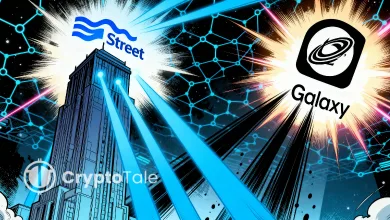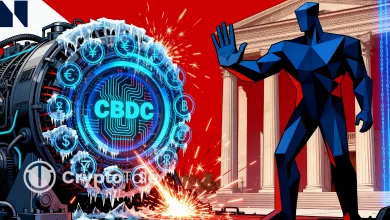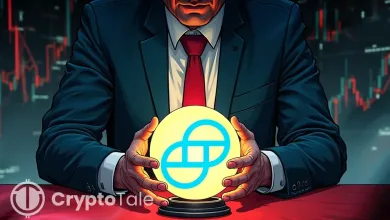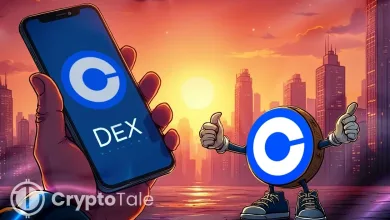Yakovenko Challenges Ethereum Layer-2 Security Claims
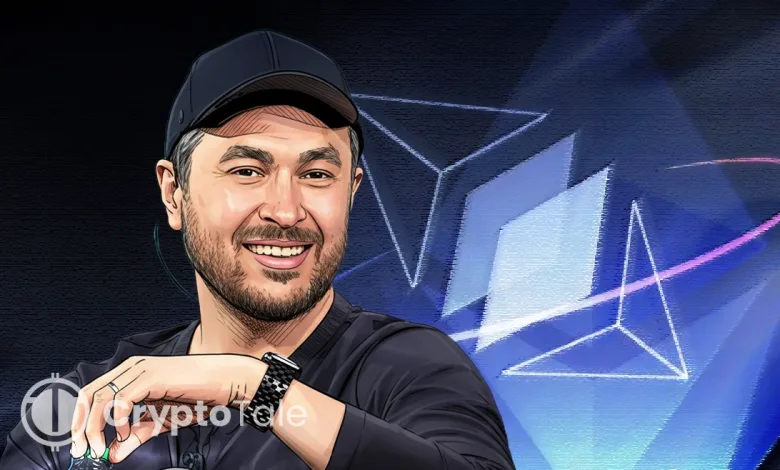
- Yakovenko says ETH’s L2 networks don’t inherit mainnet security despite progress.
- Buterin defends Ethereum L2s, stating they retain finality and 51% attack defense from L1.
- Industry split over whether ETH’s growing L2 ecosystem strengthens or fragments it.
Solana co-founder Anatoly Yakovenko reignited the scrutiny over Ethereum’s layer-2 (L2) security, arguing that claims of these networks inheriting Ethereum’s safety are “erroneous.” Speaking during a discussion on X, Yakovenko criticized the L2 security model, noting that five years into Ethereum’s scaling roadmap, the risks remain unresolved.
Yakovenko Challenges L2 Safety and Design
Yakovenko asserted that Ethereum’s L2 networks expose many attack surfaces and use code bases too large for full auditing. He noted that these complex structures increase the likelihood of software flaws that could compromise user funds.
According to Yakovenko, user assets can also be moved from L2s without consent due to multi-signature custody setups that allow signers to collude or be compromised. He emphasized that “the claim that L2s inherit ETH security is erroneous,” adding that wormhole ETH on Solana faces similar worst-case risks as ETH on Base. His remarks challenged Ethereum developers to acknowledge that fundamental issues have persisted despite five years of development.
Buterin Defends Layer-2 Finality Model
In contrast, Ethereum co-founder Vitalik Buterin defended the L2 framework. He said that layer-2 networks still inherit finality and resistance to 51% attacks from Ethereum’s base chain. Buterin explained in a post on X that even if validators collude or face bugs, they cannot create invalid blocks or steal assets directly.
However, Buterin cautioned that this protection applies only to on-chain activities. He admitted that security weakens when validators are trusted with tasks beyond the blockchain’s direct control.
“At that point, 51% of validators can collude and give a wrong answer, and you don’t have any recourse,” he noted. This, according to him, defines the real boundaries of L2 security. The discussion showed a growing divide between Ethereum’s core philosophy and Solana’s more streamlined layer-1 approach.
Yakovenko countered Buterin’s stance, suggesting that technical constraints have prevented L2s from reaching their intended security goals. “That’s why it hasn’t happened in five years,” he wrote on X.
Related: Vitalik Buterin Warns of Off-Chain Blockchain Risks
Expanding L2 Sector and Industry Scrutiny
Ethereum’s L2 ecosystem has expanded fast, now totaling 129 verified networks and 29 unverified ones. Major players include Arbitrum, Base, Optimism, and Worldchain, which together hold over $35 billion in total value locked.
These networks rely heavily on Ethereum’s validator set, which exceeds one million active validators, compared to Solana’s roughly 2,000. Proponents argue that this broad base enhances resilience against coordinated attacks.
Yet, the growing number of L2s has led to concern across the industry. Adrian Brink, co-founder of layer-1 protocol Anoma, stated that the blockchain sector now has “ten times more L2s than needed.”
However, Igor Mandrigin, co-founder of Gateway.fm, views the L2 boom as a positive indicator of Ethereum’s health and innovation. He argued that diversity in L2 networks strengthens Ethereum’s overall ecosystem.
Anurag Arjun, co-founder of Avail and Polygon’s layer-2 network, added that each L2 functions as a high-throughput blockchain, expanding Ethereum’s performance capacity. Binance Research warned that the increase of L2s is fragmenting liquidity and reducing transaction revenue on Ethereum’s main layer. Binance also said that low L2 transaction fees divert users from the base layer, impacting its economic sustainability.
Yakovenko suggested building a special bridge that would let Ethereum work as a layer-2 network on top of Solana. His goal is to make it easier and safer for the two blockchains to work together, fixing the security issues he sees in current systems.
Yakovenko’s disagreement with Buterin shows a difference in opinion on how to balance speed and safety in blockchain design. Their discussion highlights the broader challenge the crypto world faces, growing quickly while keeping the system strong and reliable.

